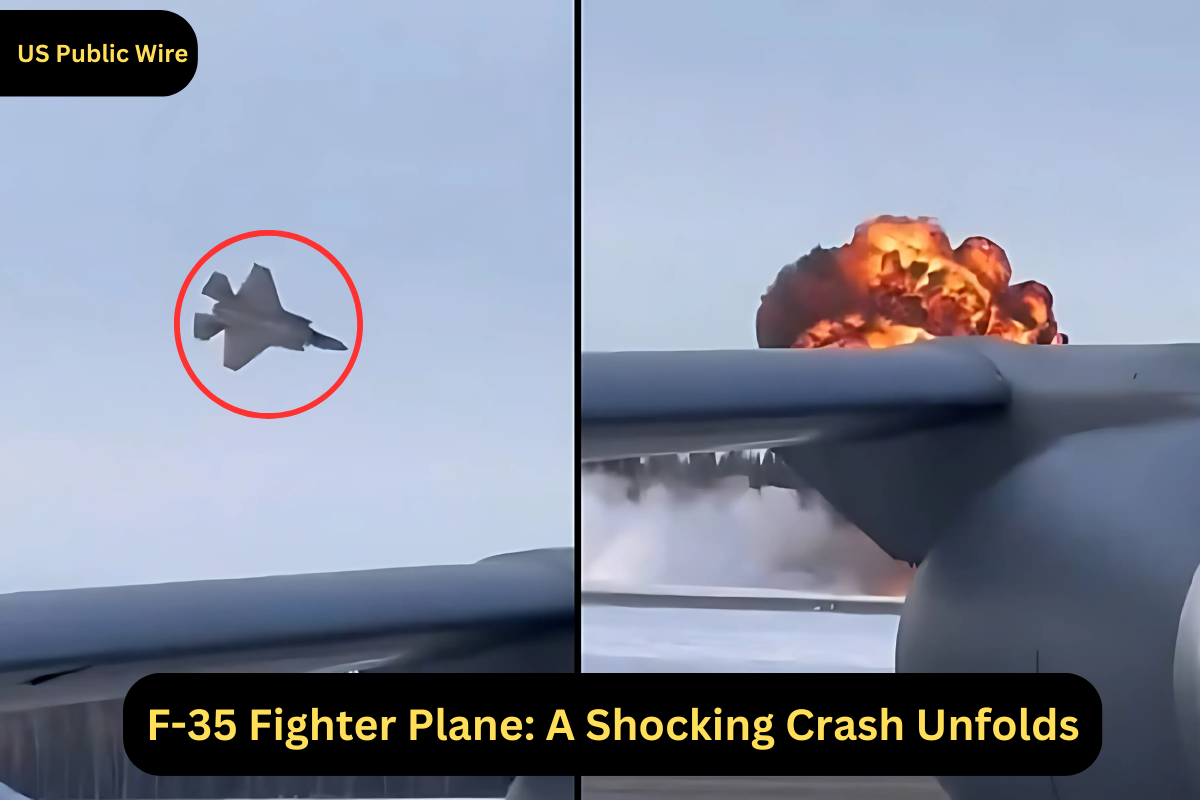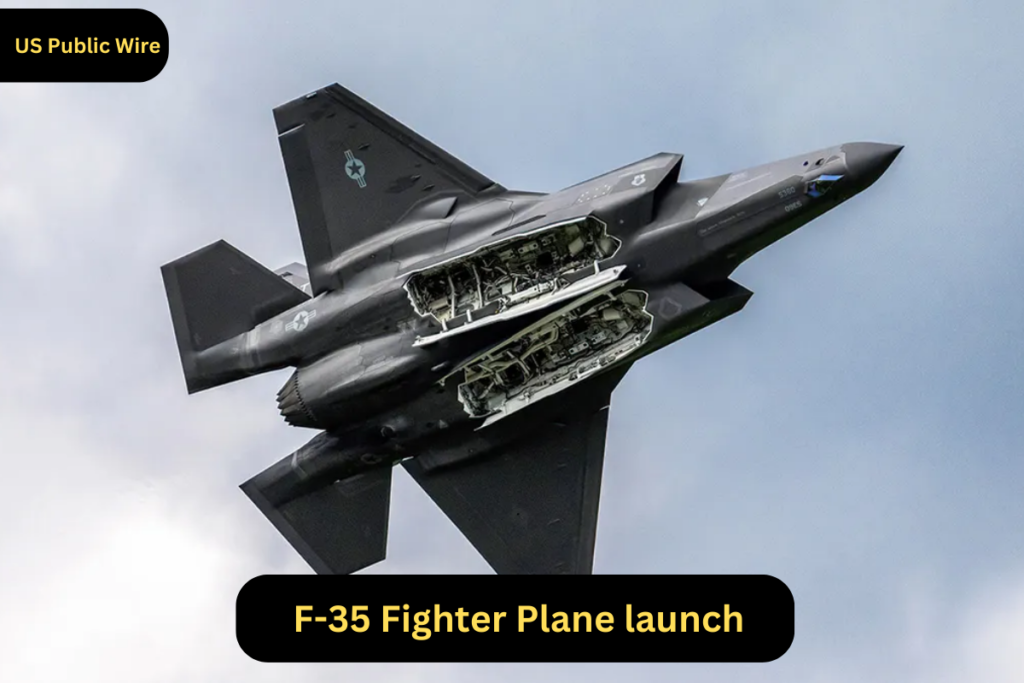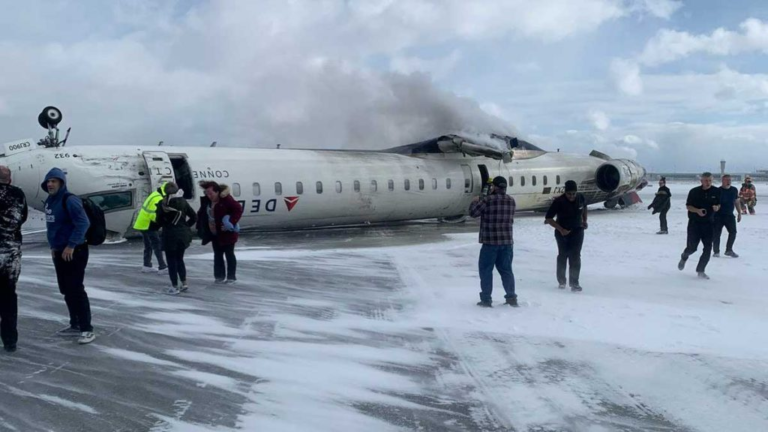
The United States Air Force recently experienced a significant setback when an F-35 fighter jet crashed in Alaska. This incident, which occurred near Eielson Air Force Base, has raised serious concerns regarding the safety and reliability of this advanced stealth aircraft. With the F-35 being one of the most sophisticated and expensive fighter jets in the world, the crash has sparked widespread discussions about its operational efficiency, maintenance issues, and overall dependability.
What Happened in f-35 fighter plane Crash
The crash took place during a routine training mission on . According to official reports, the F-35 pilot encountered a severe in-flight malfunction, forcing them to eject before the aircraft went down. The pilot was successfully rescued and is currently in stable condition, receiving medical attention. However, the aircraft was completely destroyed upon impact.
Location and Impact
The crash site was identified near Eielson Air Force Base, which is strategically located to support Arctic and Pacific operations. Military personnel and emergency response teams were immediately dispatched to the scene to assess the damage and begin an investigation. Local authorities confirmed that no civilians were injured in the incident, but debris was scattered across a wide area, prompting safety concerns.
What Went Wrong?

While the exact cause of the crash is still under investigation, initial reports suggest that the F-35 may have experienced a critical mechanical failure. Some aviation experts speculate that issues related to the aircraft’s complex avionics, engine failure, or a software glitch could have played a role.
The F-35 program has faced criticism in the past due to its high maintenance costs and recurring technical problems. Previous incidents have highlighted concerns about the aircraft’s reliability, particularly in extreme weather conditions like those found in Alaska.
History of F-35 Crashes
This is not the first time an F-35 has crashed. The program has seen multiple accidents over the years, raising concerns about its long-term sustainability. Some notable crashes include:
- September 2023: An F-35B Lightning II went missing in South Carolina after the pilot ejected due to an undisclosed malfunction. The wreckage was discovered a day later.
- May 2024: An F-35 crashed after a refueling stop in New Mexico, leaving the pilot with serious injuries.
- December 2022: An F-35 crashed while attempting to land on an aircraft carrier in the Pacific, causing significant damage.
Each of these incidents has triggered thorough investigations, often resulting in temporary groundings of certain F-35 variants to assess safety risks.
The Cost of the F-35 Program
The F-35 is one of the most expensive defense projects in history. With a price tag of over $100 million per aircraft, the financial implications of such crashes are substantial. Beyond the initial costs, maintenance and operational expenses have also been a subject of controversy.
The U.S. Department of Defense has defended the program, citing the aircraft’s stealth capabilities, advanced avionics, and superior combat performance. However, critics argue that continuous malfunctions and high accident rates may not justify the immense investment.
Response from the U.S. Air Force
Following the crash in Alaska, the U.S. Air Force has launched a comprehensive investigation. Officials are examining factors such as pilot error, mechanical issues, and environmental conditions.
In response to past incidents, the Air Force has taken several measures, including:
- Enhanced pilot training to handle emergency situations.
- Upgrades in software and hardware to minimize technical failures.
- Periodic inspections and maintenance improvements to ensure flight safety.
If investigations into this latest crash uncover systemic issues, it could lead to temporary grounding of certain F-35 units until safety measures are reinforced.
Public and Military Reactions
The crash has reignited debates about the F-35 program among military officials, defense analysts, and taxpayers. Some key reactions include:
- Military Officials: While concerned about the incident, many still believe in the long-term value of the F-35 and stress that accidents are part of any aircraft’s development and operational history.
- Defense Analysts:Some experts argue that repeated malfunctions highlight fundamental flaws that need urgent resolution. Others suggest that newer aircraft models should be considered for future investments.
- Public Opinion: Given the high costs of the F-35 program, many taxpayers are questioning whether these funds could be better allocated elsewhere, especially considering recurring safety issues.
Conclusion: What’s Next for the F-35?
he F-35 crash in Alaska is another reminder of the challenges associated with high-tech military aircraft. While the investigation is still ongoing, this incident underscores the need for continued improvements in aircraft design, safety protocols, and pilot training.
As the U.S. Air Force continues to modernize its fleet, ensuring the safety and reliability of its aircraft remains a top priority. Whether the F-35 will overcome its challenges or face further scrutiny remains to be seen. Until then, military aviation experts and policymakers must assess whether the benefits of this fifth-generation fighter jet truly outweigh its risks and costs.





